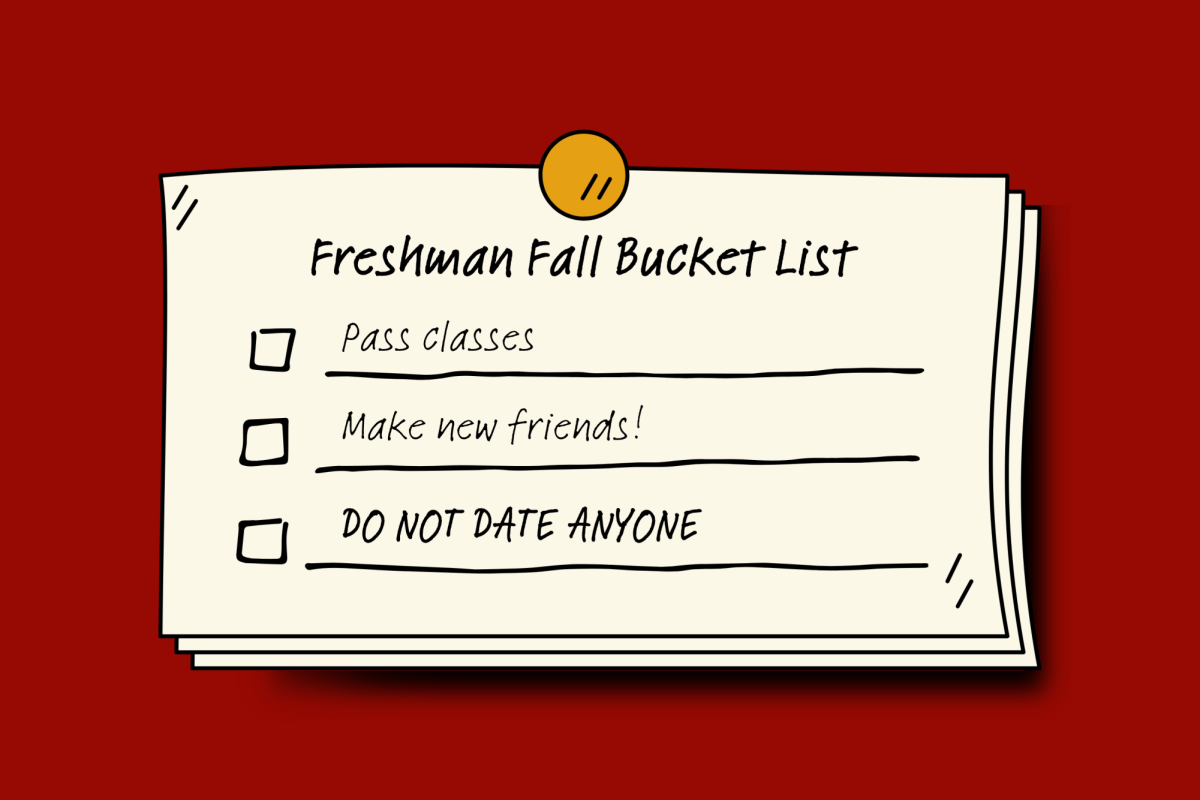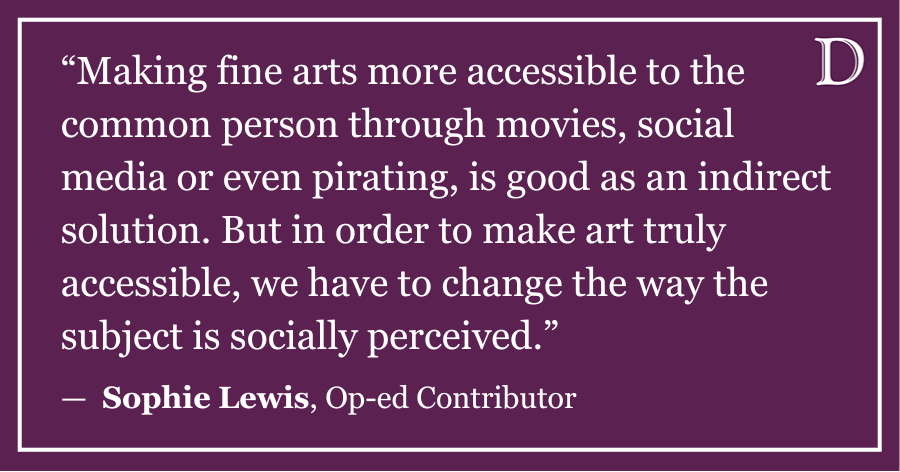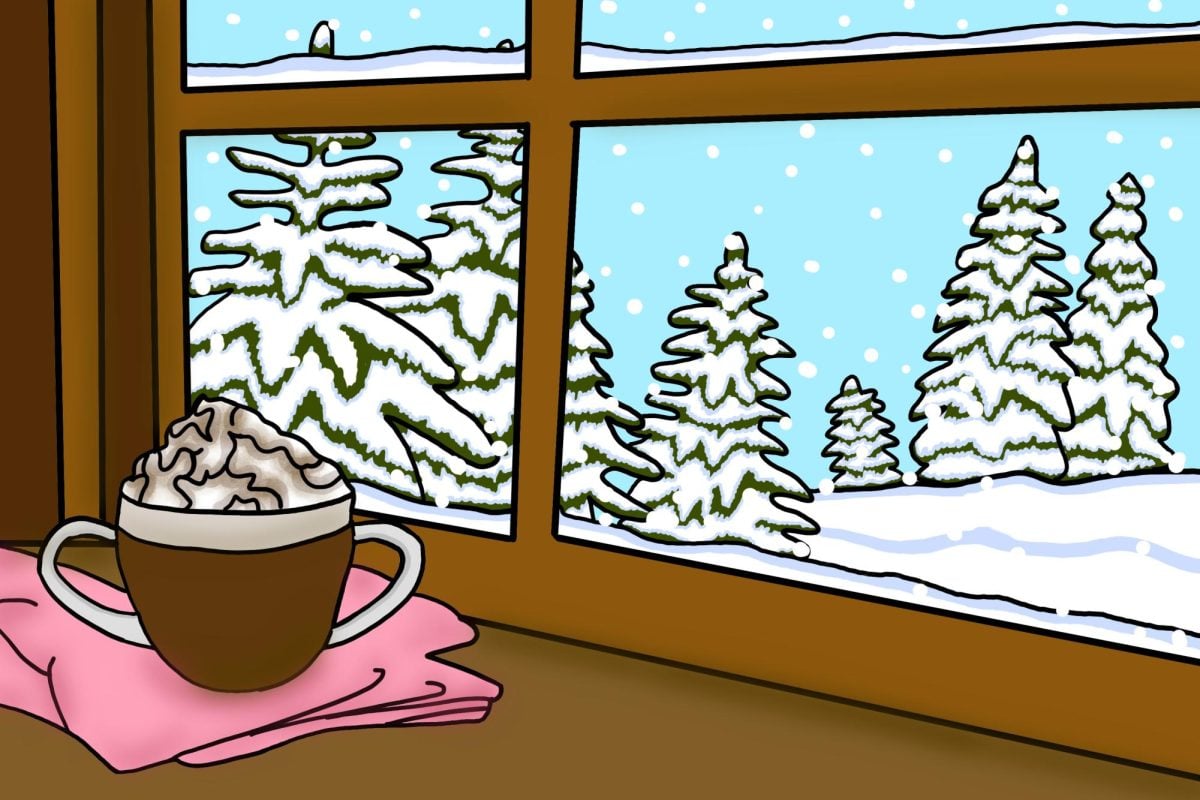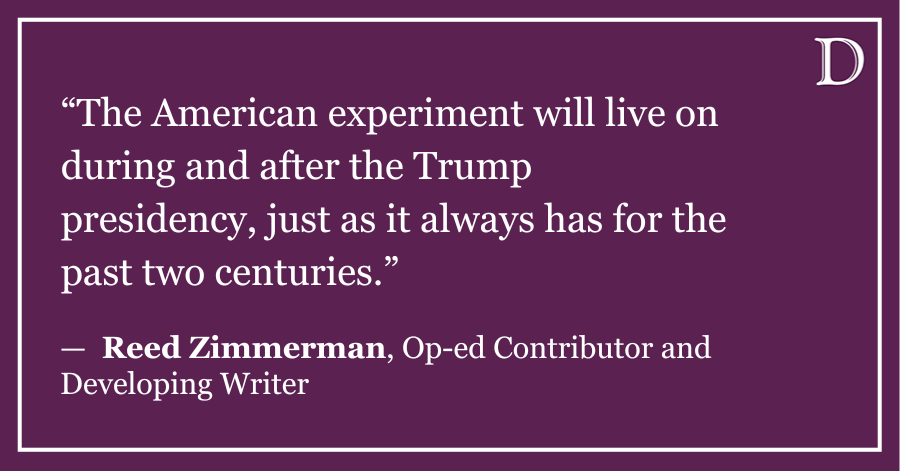I go to a baseball game to watch the game. I go to a baseball game to scream as the new speedy prospect steals his first base, to hear the roar of the crowd when an aging veteran shows he can still hit one out of the yard, to see unhittable aces throw darts by helpless hitters and to smell the ballpark hot dogs on the grill.
In my 18 years of developing into a diehard sports fan, the number one catalyst for my emotional attachment to the games that I love has been watching my favorite team play at Wrigley Field. I firmly believe there is no more authentic stadium experience in American professional sports than within the Friendly Confines on the corner of Clark and Addison. At Wrigley, there are no gimmicks, just the ivy-colored walls, the summer sun and the crack of a wooden bat.
I know thousands of fans have been raised on pure Chicago Cubs baseball at Wrigley Field, which is why many were outraged when on Monday the Cubs unveiled a brand new mascot: Clark. A Photoshop-and-insult-heavy frenzy exploded on social media outlets, causing the Cubs to come out with a statement expressing the team’s surprise at the backlash.
Fans seem to be thinking an innocent young bear outfitted in Cubs baseball attire is going to ruin their unadulterated baseball experience. The truth is, for us fans who grew up with the Cubs, nothing will change.
I wrote a column in the fall discussing the undeserved criticism that new sports nicknames receive. In that column, I touched upon the purpose of mascots and why it is never really fair to make fun of new mascots. The point is that no matter how good – I’ll get to defining “good” in a minute – a new mascot may be, it will always receive criticism from the big sports fans. Quite simply, mascots always look grotesque.
When a new monster-animal-human hybrid is unveiled that we are not used to seeing dance around a stadium, it is almost impossible for fans not to make fun of it. As I mentioned in my previous column, Chicago fans absolutely love Benny the Bull – new fans, Jordan-era fans, nearly everybody. But you’re going to tell me that if a furry red bull in a Bulls jersey were presented for the first time today, would it not receive endless criticism? Michael Jordan and six championships would be insulted!
Yet, of course, everyone now loves Benny because we are used to seeing him every time we go to the United Center. The problem is that we are not used to seeing Clark give high-fives to children on the Wrigley Field concourse, so people assume that means our pure Wrigley experience will be forever tarnished.
Clark’s introduction came at Advocate Illinois Masonic Medical Center in order “to help reinforce positive activities being taught to children with autism and other developmental challenges,” according to the Cubs’ website. He and a few minor leaguers spent time giving Cubs gifts to autistic children and took pictures with them. While his duties going forward have yet to be announced, we can assume that children would prefer to be visited and entertained by a friendly mascot than by a collection of anonymous minor leaguers.
Clark was not created to distract old season ticket holders from keeping the score of every pitch. The Cubs introduced him to keep the young children – those who do not quite understand baseball and are not yet enthralled in the game – entertained while at the game and more importantly, to encourage them to come back. Both at Wrigley and around Chicago, Clark exists to provide an entertaining personification of Cubs baseball for the younger audience. A survey conducted by the Cubs and Northwestern revealed that among fans, “there was a desire for the 100-year-old park to be more ‘family-friendly,’” according to an article on ESPNChicago.com. If he makes people happy, brings them to the ballpark and brings joy to people in a children’s hospital, he has succeeded as a mascot.
Diehards are acting as if Clark tarnishes the sanctity of the Cubs franchise. They ask, “How can he destroy over a century of tradition?” Yet, many are forgetting that even the Boston Red Sox and St. Louis Cardinals – two extremely well-respected and traditional franchises – have had popular mascots for years.
It is possible that Clark is what the Cubs need to ring in a new generation of fans since the old crack of the bat seems to no longer be enough. Either way, diehards will still keep score, the aroma of the hot dogs will still emanate from the grill, the summer sun will still shine on the bleachers, the Ivy will still grow.
And the Cubs will still lose 90 games.
Bob Hayes is a Weinberg freshman. He can be reached at [email protected]. If you would like to respond publicly to this column, email a Letter to the Editor to [email protected].









